Review: LG G Flex 2
Apr 21, 2015, 3:30 PM by Eric M. Zeman
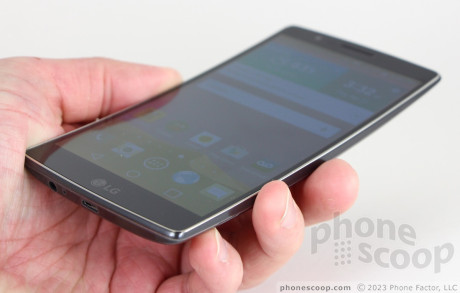
The G Flex 2 stands out from the crowd thanks to its curved shape, and it offers a flagship experience to boot. There's a lot to like with LG's latest Android smartphone. Here is Phone Scoop's full report.
Is It Your Type?
The G Flex 2 from LG is a second attempt to bring the banana-curve phone design to the masses. It's an elegant and refined phone that offers a solid spec sheet and a top-notch build. If you want a capable phone that bends the rules a bit, perhaps the G Flex 2 is what you're looking for.
Body
When I reviewed the original G Flex over a year ago, I suggested it was as if LG had taken its then-flagship, the G2, and literally gone over it with a rolling pin like you would when flattening out cookie dough. The G Flex 2 has a similar relationship with LG's 2014 flagship, the G3. The Flex 2 is a premium handset that bears a striking resemblance to the G3 — only it has a curved shape.
The Flex 2 has a black face rimmed in chrome. Black and chrome can lend a bit of class to pretty much any handset and work well on the Flex 2. Our review unit is the silver model, but LG also sells a dark red version. The back surface is super-duper glossy and reflective. The color has a neat criss-cross pattern to it that is brighter in the middle and darker along the edges, adding a visual depth similar to a vignette effect on a photo. LG did a good job matching the colors and tones of the phone.
The curve itself doesn't look or feel as severe as that of the original Flex. It's really obvious if you set the phone down on a table; it'll bobble back and forth. This means you can't type on it all that easily when it's laid flat. Tapping away at a game or the news while you eat a meal is similarly tricky.
Perhaps the Flex 2's biggest improvement over its predecessor is the size. The original was a behemoth. The second-gen handset is much smaller thanks to the reduced screen size (5.5 inches versus 6) and slimmed bezels. The Flex 2 is much easier to use on a day-to-day basis. It's more approachable by far. It's not small, though, and is perhaps best suited for those comfortable with phablet-sized handsets. At 8.9mm thick, the Flex 2 is anything but slim compared to today's flagships. Moreover, the curved shape gives it an effective thickness that borders on chunky. I have big hands and can barely get my hands around the Flex 2. The rounded-off sides and tapered corners help a lot, but only go so far.
The Flex 2 has a nice weight to it: not too heavy, not too light. I'm pleased with the quality of the materials, and the phone is assembled tightly. The phone will fit in your pocket, but only with the screen facing your body. It's awkward and uncomfortable with the screen facing out. It's incredibly slippery thanks to the glossy back surface.
The front is devoid of anything but the screen. There are no buttons or controls, as LG opted for the on-screen version of Android's main buttons. You can barely make out the LG logo at the bottom and slit for the earpiece on top. The left, top, and right edges of the phone are totally smooth. You won't find the volume toggle or screen lock button here. I like this because it makes the phone more comfortable in your hand and less likely to get snagged when pulling it out of your pocket. The bottom of the phone houses both the USB port and the headphone jack.
As LG has done with many of its phones since 2013, the volume and screen lock buttons are on the back of the Flex 2. LG believes this is a more comfortable way to reach the controls based on how your index finger naturally falls on the back surface of the phone. Whatever. It's LG's gimmick and you'd better get used to it if you buy the Flex 2. The array is positioned just below the camera sensor. The volume buttons are indented a bit and the screen lock/power button has a raised profile. All three buttons have decent travel and feedback. It takes time to get used to where these buttons are located, but I didn't find them grating. There is no dedicated camera button, but the volume keys double as shortcuts to user-defined actions (such as the camera) if you want. It's still too easy to accidentally smudge the camera lens with your finger as you feel for the buttons.
The plastic rear cover is removable, but the battery is not. Peeling off the shell grants you access to the SIM and memory card slots; the power source is sealed in. The cover is clipped in tightly and it takes some prying to remove.
One notable feature about the G Flex 2 is, of course, its flexibility. The device is bendable to a point. For example, if you put the phone screen-down on a flat surface and press hard, you can flatten it out without fear of breaking the screen. It should survive your jeans' back pocket with no problem. The rear panel also features a new coating that self-heals. It recovers from most scratches in mere seconds. (The original G Flex took longer to heal.) If you put the phone in your pocket and your keys mar the back, the damage will vanish in short order - maybe even before you pull the phone out of your pocket.
The Flex 2 is a well-made piece of hardware that isn't as fragile as competing devices from Samsung, Apple, and HTC. I wouldn't call it rugged, and it's certainly not waterproof, but it'll survive some forms of abuse that others won't. The curve gives it unique personality.
Comments
Why? Why the curve?
Is that any different from making a device out of flimsy metals and fragile glass, while sacrificing critical functionality like removable batteries and expandable memory, and calling it premium?


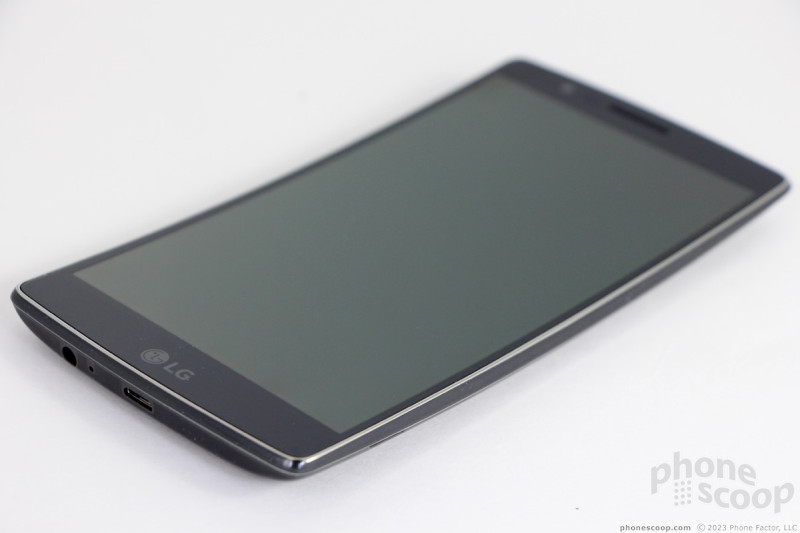














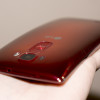 Hands-On with the LG G Flex 2
Hands-On with the LG G Flex 2
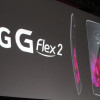 Liveblog of LG at CES
Liveblog of LG at CES
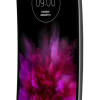 Global Rollout of LG G Flex 2 Underway
Global Rollout of LG G Flex 2 Underway
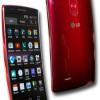 LG Shows Off Improved G Flex 2
LG Shows Off Improved G Flex 2
 LG G Flex2 (CDMA)
LG G Flex2 (CDMA)
 LG G Flex2 (GSM)
LG G Flex2 (GSM)




